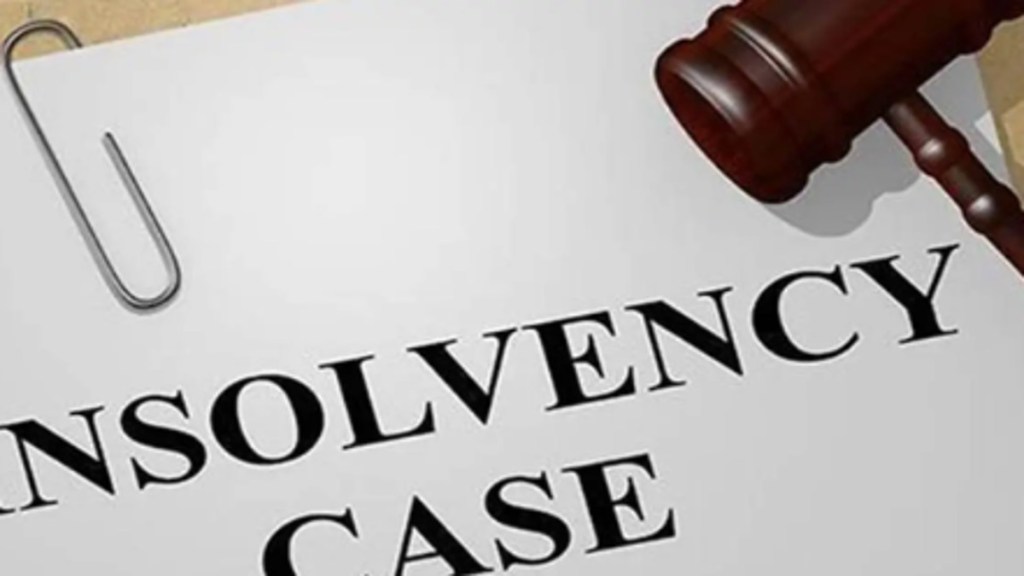In a bid to speed up the process of admitting a business to the corporate insolvency resolution process (CIRP), the Insolvency and Bankruptcy Board of India (IBBI) has floated a discussion paper which seeks to enhance the effectiveness and acceptability of the record of default issued by an information utility (IU).
To strengthen the process of issuance of the record of default (RoD) by the IU, the board has proposed increasing the timeline for the corporate debtor to provide a response to the default information submitted by the creditor, to 21 days from about nine at present.
An increased time for response would ensure that the default information submitted by the creditor is authenticated by the corporate debtor and not challenged during insolvency proceedings, which causes delay in the process, say experts.
IU — a repository of financial information about corporate debtors — is an essential pillar of the Insolvency and Bankruptcy Code (IBC). Without IUs in place, it becomes a practical challenge for the adjudicating authority and insolvency professionals to follow the timelines provided under the code, said the discussion paper.
The primary function that IUs perform is that they provide high-quality authenticated information about debt and default. Hence, the RoD issued by the IU, holds a crucial role in the insolvency proceedings to establish defaults before the adjudicating authority.
Regulations governing IUs have been in existence since 2017. However, IUs have not been able to achieve their full potential of ensuring maximising time efficacy in the entire CIRP, the IBBI discussion paper said. The “time bound” feature of IBC ensures strict timelines in place and the adjudicating authority has to either admit or reject an application to initiate a CIRP within 14-day from the date of receiving the application.
The paper further suggests allowing the use of only authenticated e-mail addresses for correspondence with the debtor; mandating the submission of necessary proofs for debt or default by creditors; and directing the proof of existence of dispute by debtor to be mandatorily uploaded.
“Now, not only would IUs be required to do proper due diligence, even the participant stakeholders would be required to furnish sufficient details so that unassailable credibility of the default record is established,” said Anjali Jain, partner, Areness.
“Self-declarations by creditors and issuance of default certificate for the undisputed amount are the two novel ideas in the paper to ensure that Record of Default issued by IUs are conclusively reliable,” she said.
Sudhir Chandi, partner at Resurgent Resolution Profesional, said the proposed changes have major implementations for all the stakeholders as the system shall now ensure flow of “undisputed and complete information in a streamlined well-designed manner while avoiding frivolous disputes to provide conclusive admissible evidence before the adjudicating authorities”.
The paper says the commencement of the insolvency proceedings, based upon the RoD issued by the IU, can have significant and far-reaching consequences for the debtor and existing management as it “divests the existing management of all rights to control assets and manage and operate the business”.
To ensure accuracy and preclude disputes, IBC requires that information received from various persons shall be authenticated and verified by all concerned parties. If an IU accepts information submitted by a creditor but does not get it authenticated by the debtor, the veracity of the information will be challenged by the debtor in a court if the debt ever ends up in default. On the other hand, if the IU accepted the information only after it was authenticated by the debtor, it cannot be later challenged by the debtor, and the adjudicating authority can consider the information accurate, thereby ensuring the CIRP gets completed on time, said the discussion paper.
